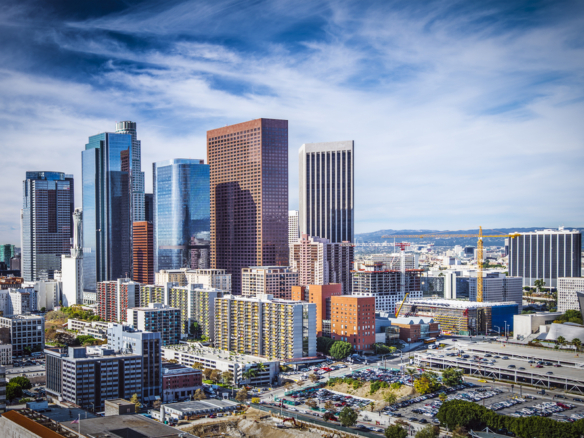Insurance is a vast topic filled with numerous terms that often confuse people, leading to misunderstandings about their meanings and uses. This confusion contributes to a persistent issue of underinsurance, which can only be addressed through increased awareness. Both personal and commercial insurance products are frequently purchased with coverage that falls short of what is necessary to protect against potential losses adequately. For instance, commercial property coverage is designed to shield business owners from financial strain that may arise from unexpected incidents. However, many individuals buy minimal coverage, often just to meet regulatory requirements or project guidelines, rather than to secure sufficient protection.
As a result, it becomes imperative to enhance awareness and understanding of insurance products, ensuring that individuals and businesses alike secure the comprehensive protection needed to mitigate risks effectively. Here are a few points that will help you understand the key points of commercial property insurance:
Who Needs It? And Why?
Commercial property insurance is a crucial safeguard for businesses of all sizes. Every business must have a place from where they operate, irrespective of when they started their business and how much they have scaled their operations. It protects against damage or loss to properties and covers financial costs. Whether it’s a shop, factory, office, or eatery, this insurance covers buildings, tools, goods, and more. It helps businesses bounce back after unforeseen incidents. It gives peace of mind to owners and others with an interest in the business as a much-needed cushion during trying times. Knowing the why and how of business property insurance is important. It helps businesses make smart choices and protect their stuff well.
Here are some examples of who can use commercial property insurance:
Retail Stores: Protects the building, inventory, furniture, and equipment from damage or theft.
Warehouses: Covers the building, stored goods, and equipment used for storage and transportation.
Restaurants: Protects the building, kitchen equipment, furniture, and supplies from damage or spoilage.
Factories and Manufacturing Units: Covers the building, machinery, raw materials, and finished products from damage or theft.
Rental Property: Protects the building and any equipment or furniture provided for tenants.
Commercial property insurance can be used to cover a variety of situations, such as:
- Fire damage
- Theft
- Vandalism
- Natural disasters (e.g., earthquakes, floods, storms)
- Accidents (e.g., falling objects, vehicle collisions)
Conclusion:
Are you still worried about what Coverage Is Right For Your Business? Commercial property insurance offers several coverage types with specific limits and exclusions. Building coverage protects the structure itself, while personal property coverage covers its contents. Business interruption insurance helps recoup lost income if a covered event forces closure. Liability coverage protects against claims of injury or damage caused by your business. Each coverage has limits, often based on replacement cost or actual cash value. Common exclusions include damage from earthquakes, floods, wear and tear, and sometimes pandemics. Carefully review your policy to understand what’s covered, the limits of coverage, and any exclusions that apply.




